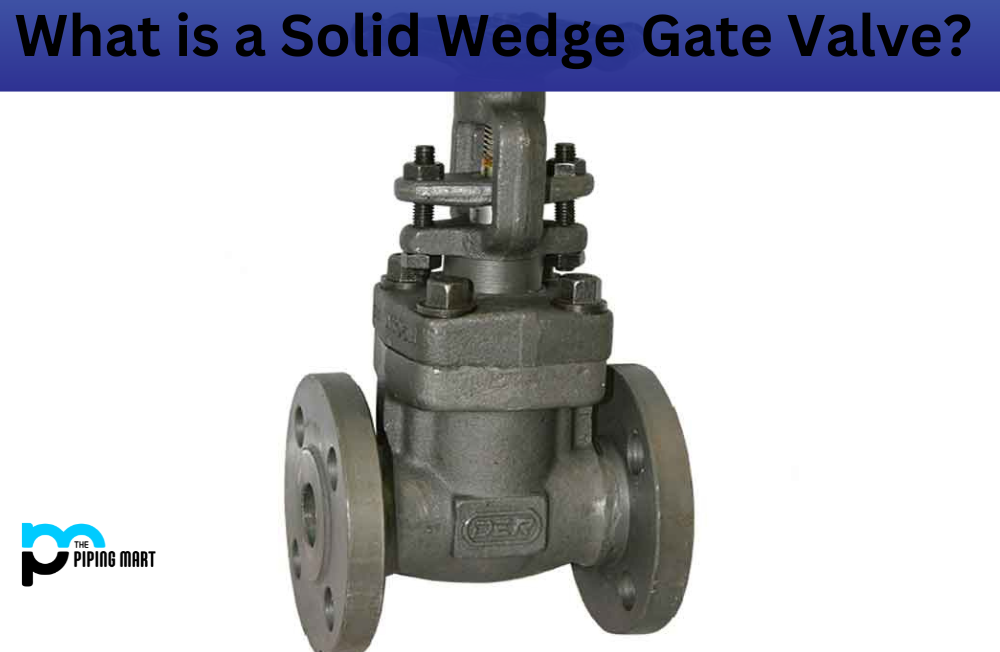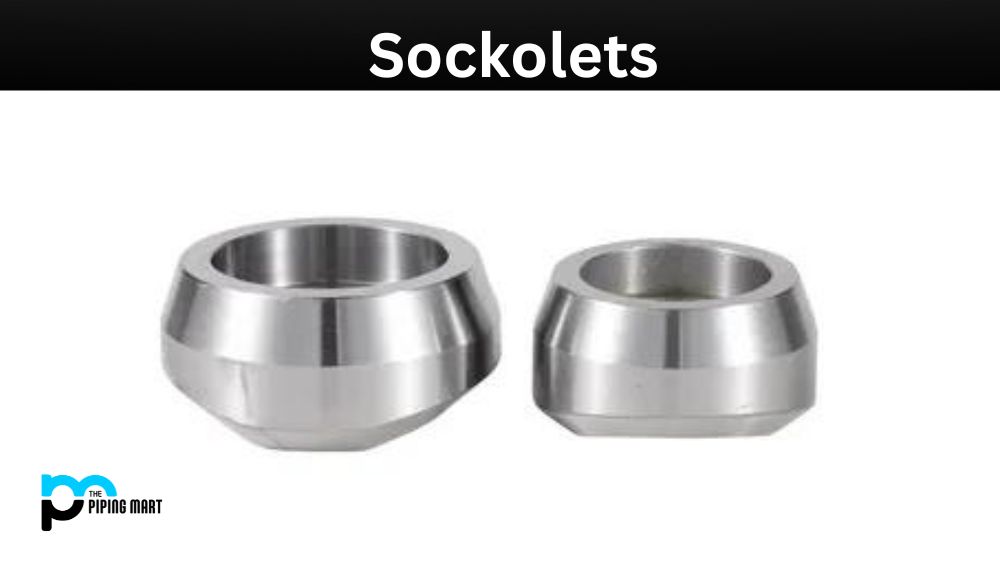If you are in the metalworking industry, you may have heard about brazing and welding. The two processes have similarities but also some key differences that make them more suitable for different applications. Let’s dive into the details of brazing and welding to understand what makes them different from each other.
What is Brazing?
Brazing is a metal joining process that involves melting a filler material (also known as a brazing alloy) between two base metals without melting the base metals themselves. This process is typically used when joining dissimilar metals or creating intricate designs because it provides strength and flexibility at the joint. It also doesn’t require as much heat or specialized equipment as welding does, making it easier to use in certain situations.
What is Welding?
Welding is similar to brazing, but instead of using a filler material, it melts the two base metals together with an electric arc or gas flame. This creates a stronger bond than brazing and is often used when working with thicker materials or larger pieces of metal. Welders must be fully trained to operate their equipment because welding can create hazardous fumes and sparks if done incorrectly.
Difference Between Brazing and Welding
At first glance, these two processes appear similar, but they are actually quite distinct from one another. While both involve melting metal to join pieces together, they use different materials and techniques to do so. Brazing uses a lower temperature than welding and requires less specialized equipment, while welding requires more heat and careful attention to safety procedures due to its potential hazards. Additionally, welding creates stronger bonds than brazing does because it melts the base metals together directly rather than relying on a filler material for additional strength.
- Brazing is a joining process that uses a filler metal to join two base metals. The filler metal has a lower melting point than the base metals, so it can be melted and drawn into the joint without melting the base metals.
- Welding is a joining process that uses heat and pressure to join two pieces of metal. The heat melts the metal, and the pressure creates a bond between the two pieces.
- Brazing can be done with or without flux. Flux is a material that helps to prevent oxidation of the metals being joined. When brazing without flux, it is important to use a clean, well-ventilated area, as fumes from the process can be harmful to your health.
- Welding always requires the use of flux. Flux protects the weld from oxidation and also helps to create a stronger bond between the two pieces of metal.
- Brazing can be done with or without heat. Heat can be applied using a torch, furnace, or other heat sources. When brazing without heat, it is important to use a strong adhesive so that the filler metal will adhere properly to the base metals.
Conclusion
In conclusion, brazing and welding are both excellent processes for joining pieces of metal together, depending on your specific needs. If you need strong bonds over large pieces of metal, then welding may be your best option; however, if you are working with thin sheets or intricate designs, then brazing could be your best bet since it requires less heat and specialized equipment. Choosing between these two processes will depend entirely on what kind of project you are working on and how much time/energy/resources you want to dedicate to its completion—so choose wisely!

Abhishek is a seasoned blogger and industry expert, sharing his insights and knowledge on various topics. With his research, Abhishek offers valuable insights and tips for professionals and enthusiasts. Follow him for expert advice on the latest trends and developments in the metal industry.




